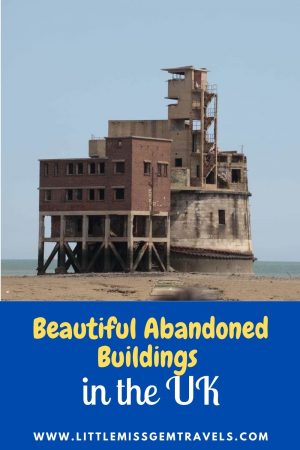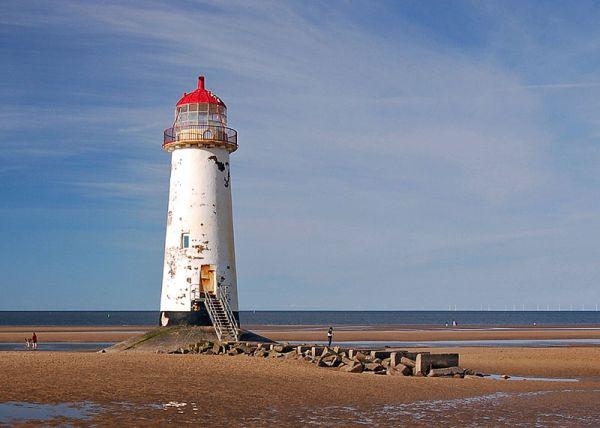The posts in this blog may include affiliate links. This means that when you decide to purchase anything through these links I get a small commission at NO extra cost to you.
There are many beautiful abandoned building in the UK that can be visited. However, it is important to also remember that entering abandoned buildings can be dangerous and even illegal so it is essential that you always ensure that visiting these places is allowed.
Beautiful Abandoned Buildings in the UK
Grange Lido
Grange Lido in Cumbria is a historic, Grade II listed outdoor swimming pool located on the scenic Grange-over-Sands. Built in 1932, it features a stunning Art Deco design, with curved lines and period details that evoke the elegance of its era. The Lido overlooks Morecambe Bay, offering breathtaking coastal views that add to its charm. Despite its closure in 1993, the Lido remains a beloved landmark. Efforts are underway to restore it to its former glory, transforming it into a vibrant community space that celebrates its rich heritage while providing a unique attraction for locals and visitors.
Location: Grange-over-Sands, Cumbria
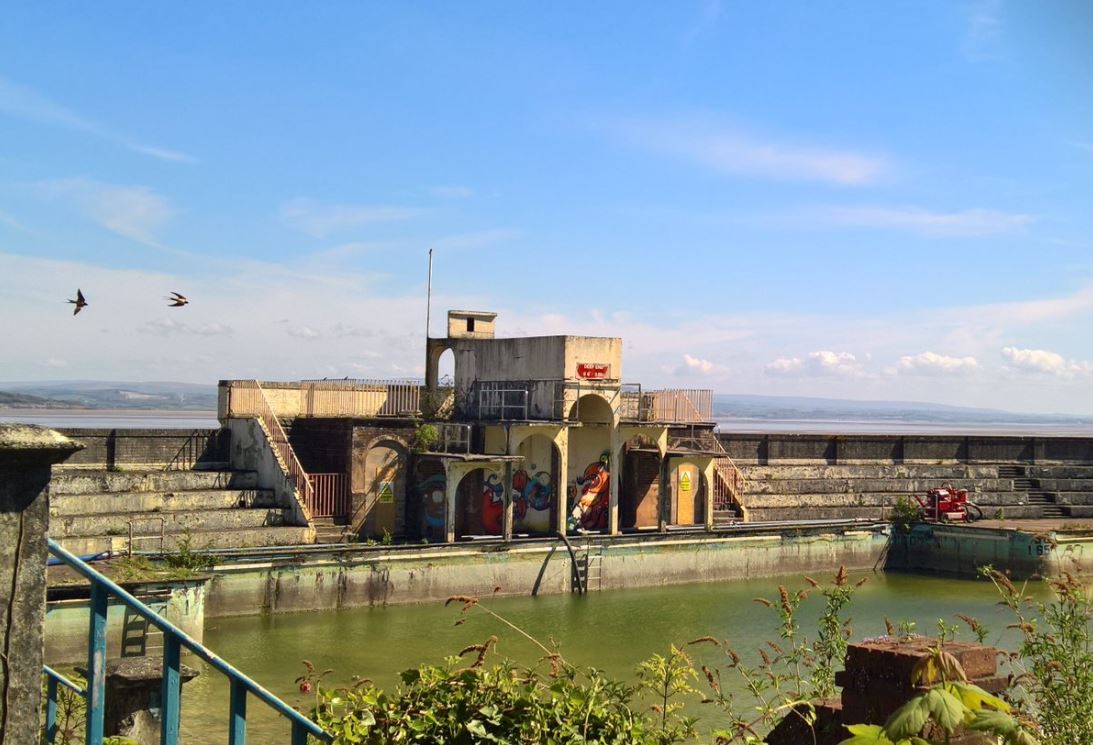
Clifton Rocks Railway
Clifton Rocks Railway is a historic funicular railway in Bristol, built into the cliff face between Clifton and Hotwells. Opened in 1893, it served as a convenient link between the affluent Clifton area and the riverside below. The railway featured four cars operating on a steep gradient within a tunnel, making it an engineering marvel of its time. Despite its early popularity, it closed in 1934 due to declining use. During World War II, the tunnel was repurposed for military and broadcasting purposes. Today, it stands as a fascinating piece of Bristol’s industrial heritage, with efforts to preserve it ongoing.
Location: Clifton, Bristol
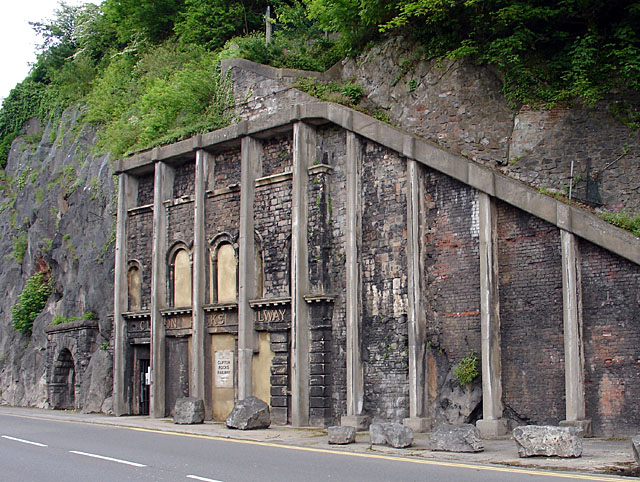
Grain Tower Battery
Grain Tower Battery is a historic military fortification located off the coast of the Isle of Grain in Kent, England. Constructed between 1848 and 1855, it was part of a series of coastal defenses designed to protect against potential French invasions. The tower is uniquely positioned on a tidal mudflat, connected to the mainland by a causeway that’s accessible only at low tide. Today, Grain Tower Battery stands as a weathered relic of military history, attracting adventurous visitors drawn to its isolated, atmospheric location.
Location: Medway, Kent
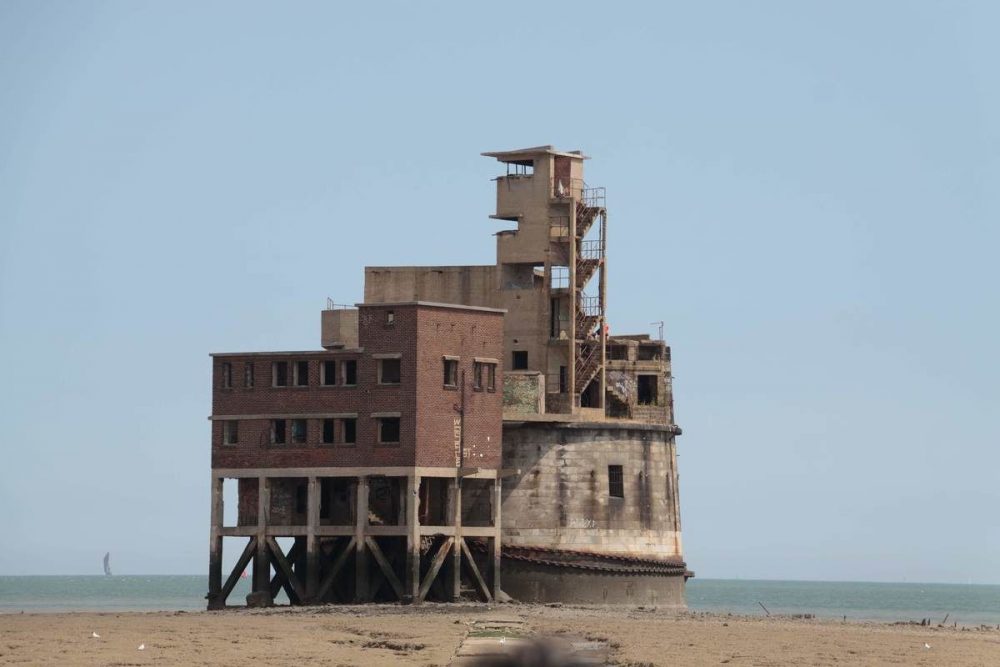
Mayfield Railway Station
Mayfield Railway Station in Manchester is a disused railway terminus with a rich industrial history. Opened in 1910 to alleviate congestion at nearby Manchester Piccadilly, the station served as a passenger and goods depot. Its grand, red-brick façade and expansive train shed reflected early 20th-century architectural design. However, declining use led to its closure to passengers in 1960 and completely in 1986. Since then, the site has become a venue for arts, events, and urban exploration, with ongoing plans to redevelop it as part of the Mayfield regeneration project, transforming the area into a vibrant mixed-use district.
Location: Manchester
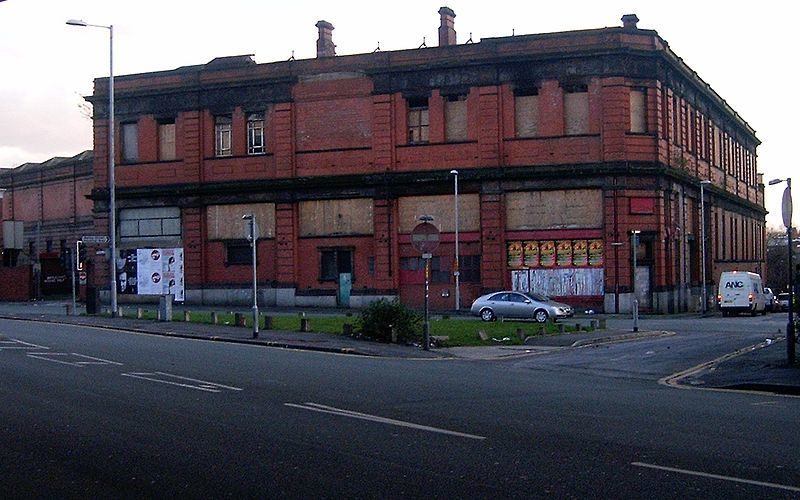
Curzon Street Station
Curzon Street Station in Birmingham is one of the oldest surviving railway stations in the world, having opened in 1838 as part of the London and Birmingham Railway. Its neoclassical entrance building, designed by architect Philip Hardwick, is a striking example of early railway architecture. The station originally served as a major hub but was closed to passengers in 1854 and later used for goods traffic until its full closure in the 1960s.
Location: Birmingham

Crossness Pumping Station
Crossness Pumping Station in London is a remarkable example of Victorian engineering and architecture. Opened in 1865, it was part of Joseph Bazalgette’s groundbreaking effort to improve London’s sanitation following the “Great Stink” of 1858. The station housed massive beam engines, which pumped sewage from London to treatment facilities downriver. The interior is famous for its ornate cast-ironwork, showcasing intricate designs and vibrant colours. Though it fell into disuse in the mid-20th century, restoration efforts have brought Crossness back to life as a museum and heritage site, highlighting its crucial role in transforming public health in the Victorian era.
Location: Bexley, London

Point of Ayr Lighthouse
Point of Ayr Lighthouse, also known as Talacre Lighthouse, is a historic structure located on the beach at Point of Ayr in North Wales. Built in 1776, it served as a beacon for ships navigating the Dee Estuary, guiding them away from the treacherous sandbanks. The lighthouse stands 18 metres tall and is notable for its cylindrical white tower with a red lantern room. Though decommissioned in 1884, the lighthouse remains a popular landmark, attracting visitors and photographers with its picturesque, windswept setting and the atmospheric backdrop of the rugged Welsh coastline and expansive sands.
Location: Talacre, Wales
Normanton Church
Normanton Church, located on the shores of Rutland Water in England, is a striking and iconic landmark with a fascinating history. Originally built in the 1760s as part of the Normanton Estate, it was almost submerged when Rutland Water reservoir was created in the 1970s. Saved from demolition by local efforts, the church was partially flooded, creating the illusion of it floating on the water. Its Baroque architecture, featuring a distinctive domed roof and elegant columns, adds to its charm. Today, Normanton Church serves as a popular venue for weddings and events, offering a unique and picturesque setting.
Location: Rutland
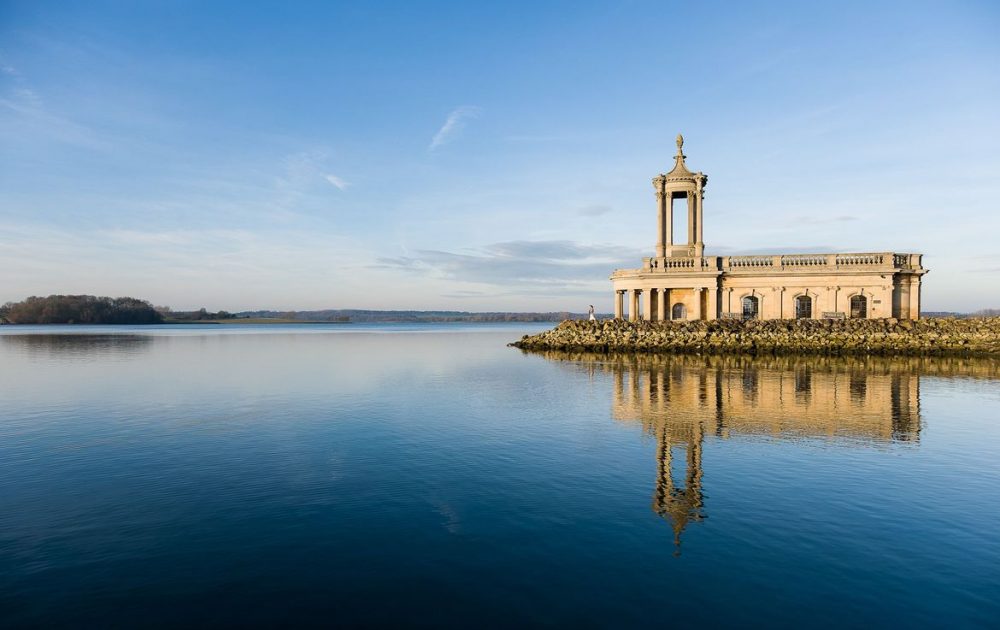
Where are your favourite abandoned buildings?
Let me know in the comments.
